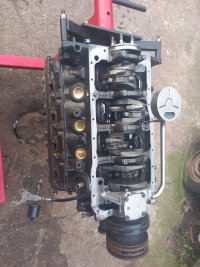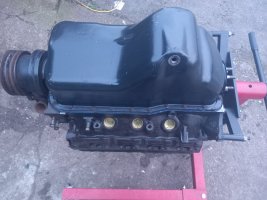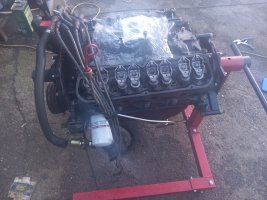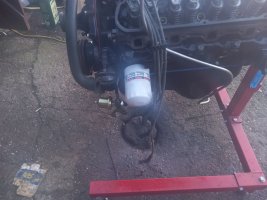Slow progress with the boat lately.
After checking all the valves and seats again I decided to put new valves in and have the valve seats machined to match the new valves. Today I visited a local machine shop 'Lockside Engineering' with the heads for a 2nd opinion on them and they agreed it'll be best to put new valves in and have them machine the seats to get back to a nice straight landing area for the valves and suit the equally straight landing areas on the new valves. I left the heads with them and I've just ordered a set of valves from Rock Auto in the US. The engine valves cost around £2.50 each and Rock Auto's website says I will receive them on Monday 04th December! How's that for service?

I was surprised at the low cost of the valves, thought they were just over £10 each, not moaning but I hope there hasn't been some sort of glitch meaning they'll get back to me and tell me I need to pay more because their system got the price wrong. As soon as I can after the valves arrive I'll take them to the machine shop so they can start the work on the heads. They'll be lapping the new valves to the new seats but I'll probably still do my own fluid leakdown test on them when I get the heads back to make sure they're sealing properly and remove the valves (again) to see how wide a band of lapped area they got on the mating areas.
I think while I've still got the sump off the bottom end, and with the slow progress etc, I might as well properly check all the big and main bearing clearances with Plastigauge, so I'll be getting some Plastigauge. The big and main bearings all looked good and the crank looked good... But I'd kick myself if I didn't check clearances if I put it all back together and there was still a knock from the engine.






